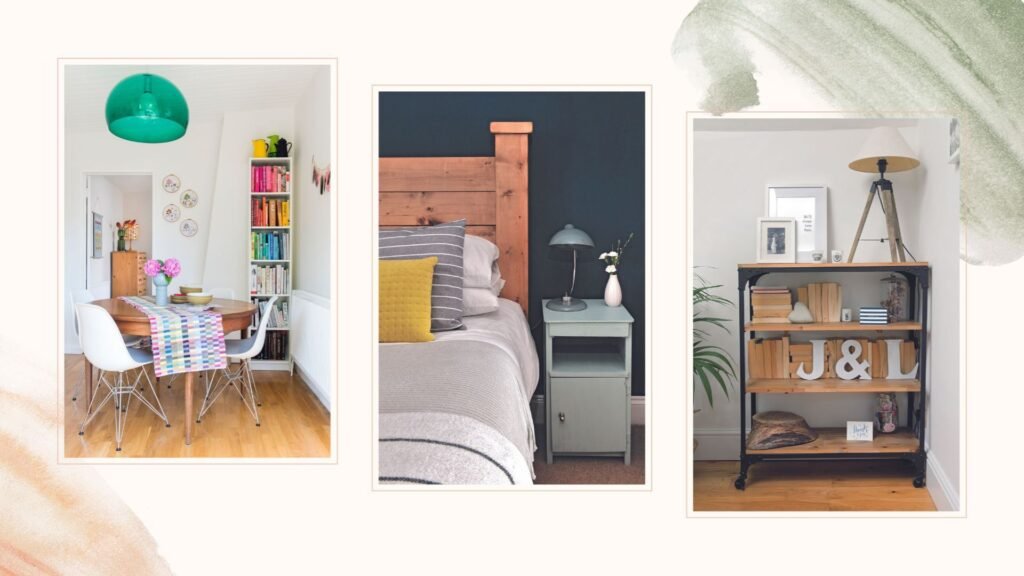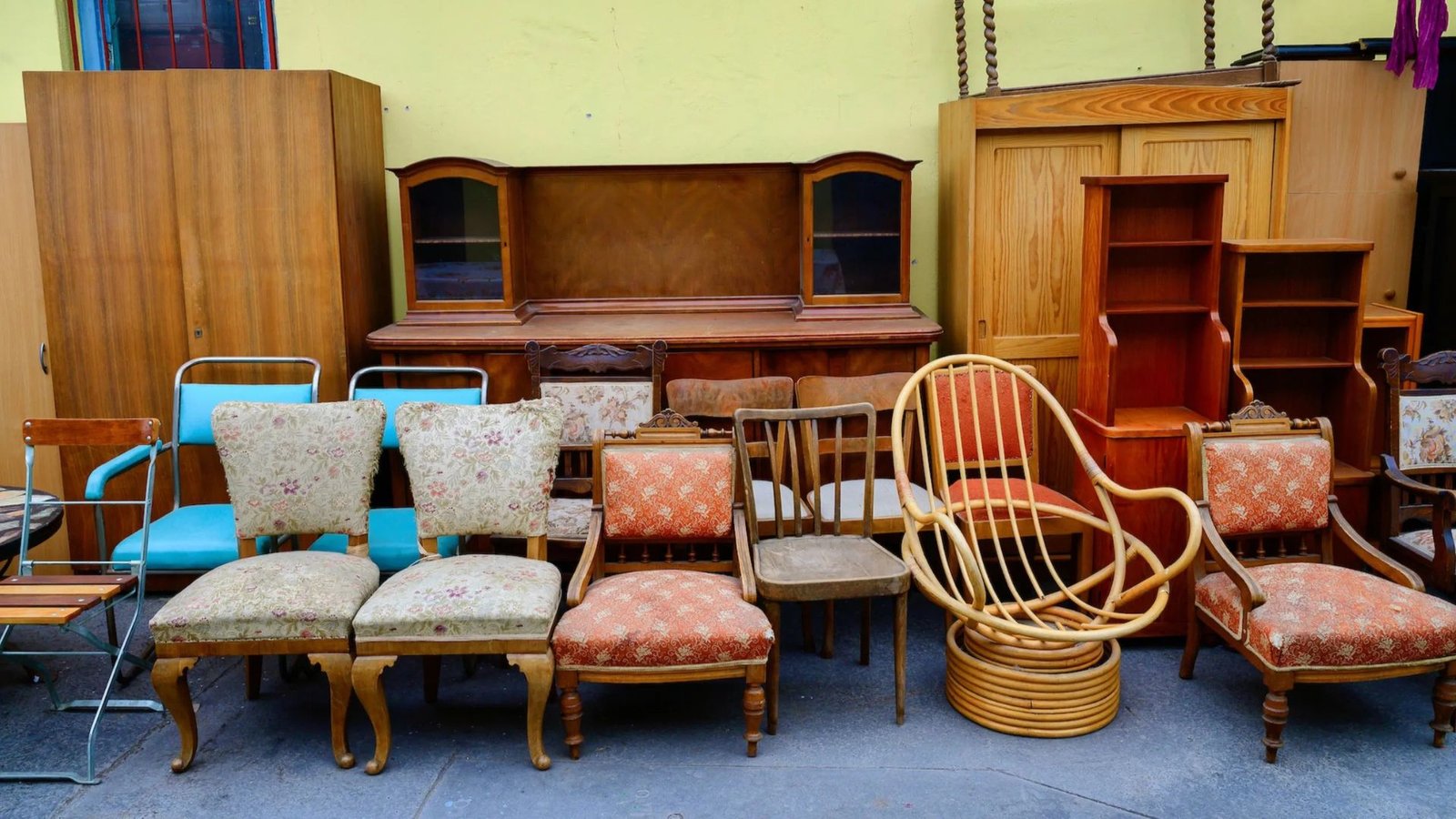Essential Tips for Buying Second-Hand Furniture
Buying second-hand furniture is a great way to save money, reduce waste, and find unique pieces for your home. However, it requires a little more attention to detail than buying new furniture. To ensure you get the best deals and avoid potential pitfalls, here are essential tips to keep in mind when shopping for second-hand furniture.

Inspect the Quality and Condition
Before purchasing any second-hand furniture, carefully inspect its quality and condition. Look for any damage, such as broken legs, cracks, or scratches. Check the upholstery for stains, tears, or wear. If you’re buying a wooden piece, ensure there are no signs of rot, water damage, or pest infestations like termites. Test moving parts, such as drawers or doors, to make sure they work properly.
- Tip: If possible, examine the furniture in person to ensure you’re getting a piece that is in good condition. Avoid furniture that feels flimsy or unstable.
Consider the Age of the Piece
The age of second-hand furniture can often be an indicator of its quality. Older pieces, particularly those made before the mass production era, tend to be more durable and well-made. However, you should also consider whether the piece fits with your home’s aesthetic. Vintage or antique furniture may require more care, restoration, or reupholstering.
- Tip: Look for pieces made from solid wood or materials known for their durability, such as oak, teak, or walnut.
Measure Your Space
Always measure your space before purchasing second-hand furniture to ensure it will fit properly. Pay attention to both the dimensions of the piece and the room where it will go. Make sure the furniture will not overcrowd the space or block important areas like walkways or doorways. Measure doorways and hallways to ensure the piece can be easily moved into your home.
- Tip: Double-check measurements before buying, as it’s easy to underestimate how much space a large sofa or dining table will take up in a room.
Consider the Style and Functionality
When shopping for second-hand furniture, ensure the piece complements your home’s style and suits your needs. Vintage and antique pieces may have a different aesthetic than modern or contemporary furniture. Think about how the item will function in your home. Does it provide the storage or seating you need? Is it comfortable and practical for your lifestyle?
- Tip: Consider reupholstering or refinishing furniture to match your existing décor if it’s in good structural condition but not quite the right style.
Check for Odors
Odors can be a big issue when purchasing second-hand furniture. Items that have been in storage or previously owned by pet owners may carry unpleasant smells such as mustiness, smoke, or pet odors. Always check for any strong odors before buying. While some smells can be eliminated with cleaning, others may be impossible to get rid of completely.
- Tip: Smell the furniture and, if necessary, ask the seller if they are aware of any odors. If buying online, request photos of any fabric close-ups to see if there’s noticeable staining or damage.
Look for Custom Pieces or Unique Finds
Second-hand furniture often includes one-of-a-kind items that can’t be found in modern stores. Look for custom pieces or unique designs that reflect the personality and character of the furniture. A well-crafted vintage dresser, for example, can add a distinctive touch to your bedroom. Antique or vintage pieces may also increase in value over time, making them a good investment.
- Tip: Keep an eye out for high-quality craftsmanship, distinctive details, and rare designs that will make your furniture stand out.
Research the Seller’s Reputation
Whether you’re buying from a thrift store, an online marketplace, or a garage sale, always research the reputation of the seller. Check online reviews or ask for references if you’re purchasing from a local business. If buying from an individual seller, ask questions about the history of the furniture and why they are selling it. A trustworthy seller will be transparent and provide honest information.
- Tip: For online purchases, look for sellers who offer return policies or guarantees to ensure you’re satisfied with your purchase.
Conclusion
Buying second-hand furniture is a rewarding way to furnish your home on a budget while also finding unique pieces that add character and charm. By carefully inspecting the quality, considering the style, and factoring in any potential restoration costs, you can ensure that your second-hand furniture purchase is a great investment. With the right approach, second-hand furniture can be an excellent addition to your home, offering both functionality and style.



